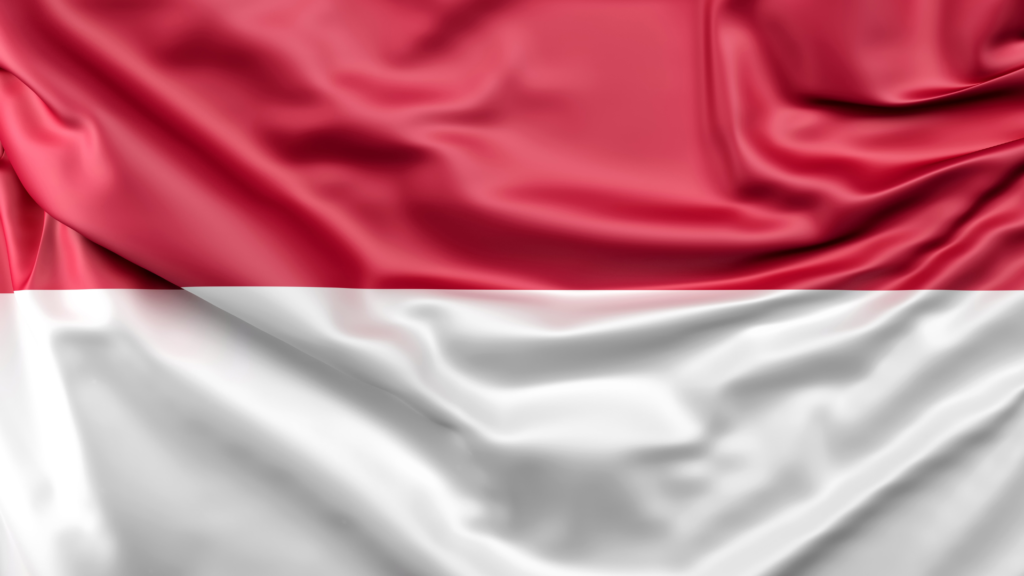
your business into new global markets
with tailored strategies for each country.
Why choose us?
Choosing Valit means relying on a customized and targeted approach to internationalization, tailored to meet each company’s unique needs and ensure success in global markets.
With a network of qualified experts and partners in Italy and abroad, Valit offers comprehensive and integrated support across all stages of the process, from strategic planning to business consolidation.
We leverage innovative tools and advanced methodologies to optimize operations and create value while minimizing risks and simplifying the expansion journey.
With Valit, SMEs find a trusted partner who shares their goals and ambitions, ensuring secure and success-driven growth in global markets.
Morocco
In 2022, Italian exports to Morocco reached $3.5 billion, making Italy the sixth-largest exporter. On the other hand, Italian imports from Morocco amounted to $1.2 billion, ranking Italy as the ninth-largest importer.
Morocco presents itself as an attractive partner due to its political stability, strategic location, and investment-friendly policies. However, it still faces several challenges, such as economic inequality and the impact of climate change.

-
Strengths
Morocco enjoys a high degree of political stability compared to other countries in the region. The government actively promotes foreign investment, and the country’s geographic location offers significant advantages. Positioned near Europe and bordered by both the Atlantic Ocean and the Mediterranean Sea, Morocco—boosted by the growing importance of the Tangier port—serves as a vital logistical hub for trade.
In recent years, Morocco has made significant strides in diversifying its economy, focusing on key sectors such as automotive, tourism, renewable energy, and agriculture. The country’s appeal as a trade partner is further enhanced by numerous free trade agreements, including those with the EU and the United States.
-
Weaknesses
Despite progress in diversification, Morocco's economy remains vulnerable to climatic phenomena, as agriculture still constitutes a significant portion of its GDP. This dependency makes the country susceptible to droughts and adverse weather conditions, undermining agricultural production and affecting the overall economy.
Moreover, significant economic inequalities persist: high unemployment rates, especially among youth and in urban areas, fuel growing social discontent linked to the cost of living and the difficulty of finding employment.
Despite the export growth, another major weakness is the trade deficit, primarily driven by importing goods and raw materials needed to support the country’s infrastructure projects.
-
Opportunities
Morocco’s tourism sector is rapidly expanding and offers significant growth prospects, as does the manufacturing industry, particularly in automotive and renewable energy. These evolving sectors can serve as long-term development drivers for the Moroccan economy.
Additionally, the country is engaged in numerous infrastructure projects, including ports, highways, and energy networks, which provide opportunities to attract foreign investment and further develop the local economy.
Morocco is also emerging as a regional leader in solar and wind energy, with strong government support for investments in this field, positioning itself as a key hub for renewable energy in North Africa.
-
Threats
Regional tensions pose a potential threat to Morocco. The Western Sahara dispute and often strained relations with Algeria could undermine the country’s political stability in the long term.
Additionally, climate change presents a growing challenge: frequent droughts could have significant consequences for agriculture, threatening food security and slowing economic growth.
Another risk lies in global energy costs: Morocco’s reliance on energy imports exposes the country to rising international prices, increasing domestic production costs and potentially reducing its competitiveness in global markets.




Algeria
In 2022, Italian exports to Algeria reached $5.8 billion, making Italy the third-largest exporter to the country. Imports from Algeria to Italy amounted to $16.9 billion, positioning Italy as the second-largest importer of Algerian goods.
Algeria represents a market rich in opportunities for Italian companies, mainly due to its abundance of natural resources and the country’s commitment to economic diversification. However, investors should be aware of specific challenges, including bureaucratic obstacles and risks associated with regional instability.
Despite these challenges, the Algerian market attracts interest from Italian businesses seeking new expansion opportunities.

-
Strengths
Algeria stands out for its abundance of natural resources, being one of the world’s leading natural gas and oil producers. These sectors remain the backbone of the country’s economy. Algeria’s strategic location, close to European and African markets, positions it as a crucial hub for intercontinental trade and investment.
The legislative reforms introduced in 2022 have increased the country’s attractiveness to foreign investors, including abolishing the 51/49 restriction, which previously required foreign companies to hold less than 49% ownership in non-strategic sectors. The Algerian government has also launched economic diversification initiatives, creating opportunities in non-energy sectors such as agriculture, tourism, and renewable energy.
-
Weaknesses
The Algerian economy relies heavily on the hydrocarbon sector, with oil and natural gas accounting for a significant portion of the national GDP. This dependency makes the country vulnerable to global price fluctuations, exposing it to potential economic instability.
Although improving, bureaucratic procedures remain complex and sometimes slow, posing a challenge for foreign investors who must navigate administrative processes that are not always swift or efficient.
Additionally, infrastructure, particularly in less urbanized areas, still shows limitations. Despite recent progress, it does not always adequately support the development of large-scale projects.
-
Opportunities
Algeria has significant potential in renewable energy, particularly solar and wind power, and is actively encouraging investments in this sector to expand its capacity and diversify its energy sources.
The government has also identified the agricultural and manufacturing sectors as priority areas for economic diversification, aiming to reduce dependence on imports and foster a more substantial local production base.
Additionally, through trade agreements with the European Union and Arab countries, Algeria benefits from facilitated access to international markets, offering a significant advantage for companies seeking to expand beyond national borders.
-
Threats
Algeria faces challenges related to political and regional instability: its proximity to conflict-affected countries and some internal political uncertainties pose a potential risk for investors considering long-term commitments.
Additionally, the presence of regional competitors, such as Morocco, which attracts investments through more favorable policies and greater stability, further complicates the competitive landscape.
Global economic fluctuations are another vulnerability for the country, as crises in hydrocarbon prices or changes in international trade can negatively impact its economy, which remains sensitive to shifts in global markets.
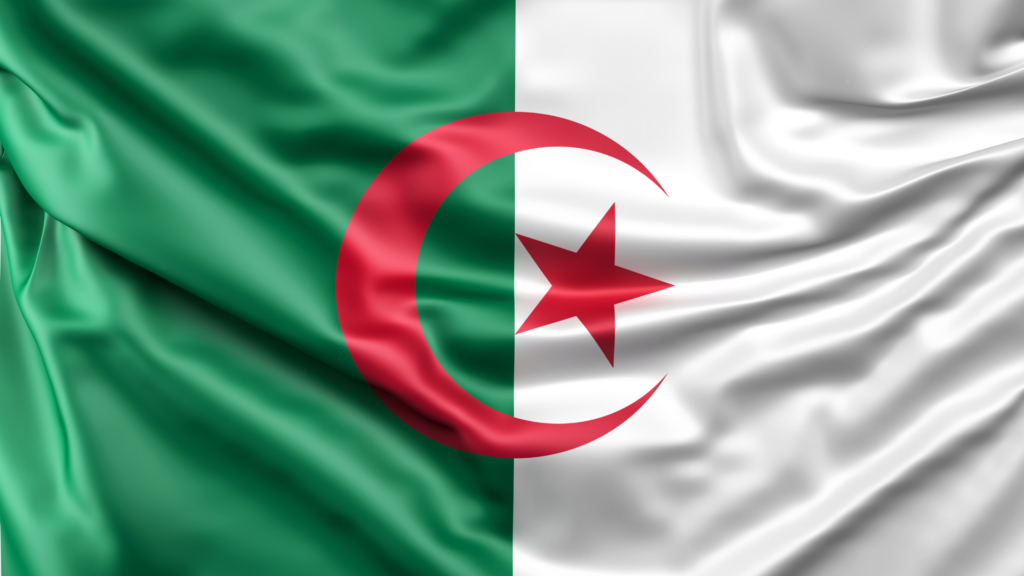



Tunisia
Tunisia offers promising opportunities, particularly in the tourism and renewable energy sectors. However, potential investors must consider specific challenges, such as political instability and economic difficulties, which require careful consideration and caution.
In 2022, Italy ranked as the second-largest exporter to Tunisia, with exports reaching $4.2 billion, and as the third-largest importer of Tunisian goods, amounting to $2.9 billion.
-
Strengths
Tunisia's economy is relatively well-diversified, with strong sectors such as manufacturing—particularly automotive and aerospace components—chemicals, transportation, agriculture, and tourism. Its strategic location, close to Europe and particularly Italy, along with free trade agreements with the European Union, provides a significant logistical advantage for exporters and investors.
Additionally, Tunisia is rich in natural resources essential for trade and industry, including phosphates, olive oil, and hydrocarbons. The country also offers a young, relatively skilled, and low-cost workforce, making it particularly attractive to foreign investors.
-
Weaknesses
Since the 2011 revolution, Tunisia has experienced a period of political instability marked by weak governments and frequent social unrest, exacerbated by youth unemployment and regional inequalities. Unemployment remains a significant economic challenge, particularly among young people, with rates hovering around 15-17%.
Moreover, the Tunisian economy is vulnerable to external shocks, stemming from its reliance on European growth—its primary trade partner—and from weather conditions that heavily impact the agricultural sector.
-
Opportunities
The continued support from the International Monetary Fund and other international institutions provides Tunisia with potential solutions to address its debt and deficit issues while facilitating the implementation of structural economic reforms.
After a slowdown, the tourism sector is recovering and remains one of the country’s primary economic resources, with significant expansion opportunities, mainly due to its proximity to Europe.
Tunisia has vast potential to develop its renewable energy sector, particularly solar energy, and attract foreign investments.
-
Threats
Tunisia has faced challenges in implementing significant economic reforms to improve the investment climate, and the failure to finalize agreements with the International Monetary Fund exacerbates its financial situation.
Corruption and the shadow economy, estimated to account for 40% to 60% of the total economy, pose serious obstacles to the country’s development and competitiveness.
Moreover, with a high level of public debt and fragile financial management, Tunisia risks prolonged economic difficulties, especially without new international funding.
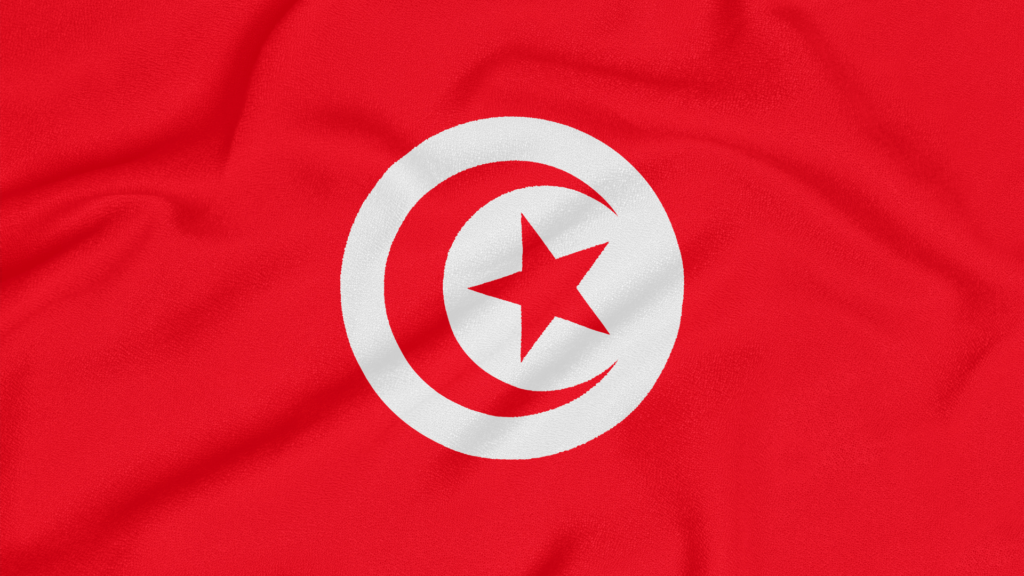



Egypt
In 2022, Italian exports to Egypt reached $2.9 billion, making Italy the fifth-largest exporter, while Italian imports from Egypt totaled $2.1 billion, positioning Italy as the fourth-largest importer.
Egypt represents a significant opportunity for investors, thanks to its strategic location and ongoing economic reforms. However, the country still faces challenges related to bureaucracy, political instability, and financial fragility.
-
Strengths
Egypt's strengths include its strategic geographic location at the crossroads of Africa, Asia, and Europe, making it a key hub for international trade, with the Suez Canal playing a vital role in global maritime transportation.
The Egyptian economy is diversified, featuring robust sectors such as energy, tourism, information and communication technologies (ICT), and manufacturing industries, which help distribute risks and attract investors across various domains.
The government has also launched significant modernization initiatives, including the establishment of special economic zones, privatization programs, and tax incentives to attract foreign investments in strategic sectors.
Finally, Egypt boasts a large domestic market with over 100 million inhabitants, presenting significant opportunities for international businesses.
-
Weaknesses
Key weaknesses include a complex and inefficient bureaucracy, with widespread corruption posing a significant obstacle for foreign businesses. The public sector, particularly the military, plays a dominant role in the economy, limiting opportunities for the private sector, which often struggles to compete.
Additionally, while labor costs are low, there is a shortage of highly skilled workers in certain key sectors. Despite being an energy producer, Egypt is also a net importer of natural gas, making it vulnerable to fluctuations in international energy prices.
-
Opportunities
The opportunities offered by the country include the expansion of renewable energy sources, with strong growth potential in solar and wind energy, thanks to targeted investments. The ICT sector and digital commerce are experiencing rapid growth, supported by government initiatives aimed at fostering innovation and enhancing global competitiveness. Moreover, large-scale infrastructure projects underway, such as the construction of new cities and the expansion of transportation networks, present significant opportunities for investors.
-
Threats
The threats include political and regional instability, internal tensions, and issues related to security and terrorism, which may discourage foreign investments and harm key sectors such as tourism. High inflation, currency fluctuations, and a scarcity of foreign currency contribute to creating an unstable economic environment. Lastly, dependence on tourism, while being a crucial source of income, makes the economy vulnerable to international crises, such as regional conflicts or global pandemics.
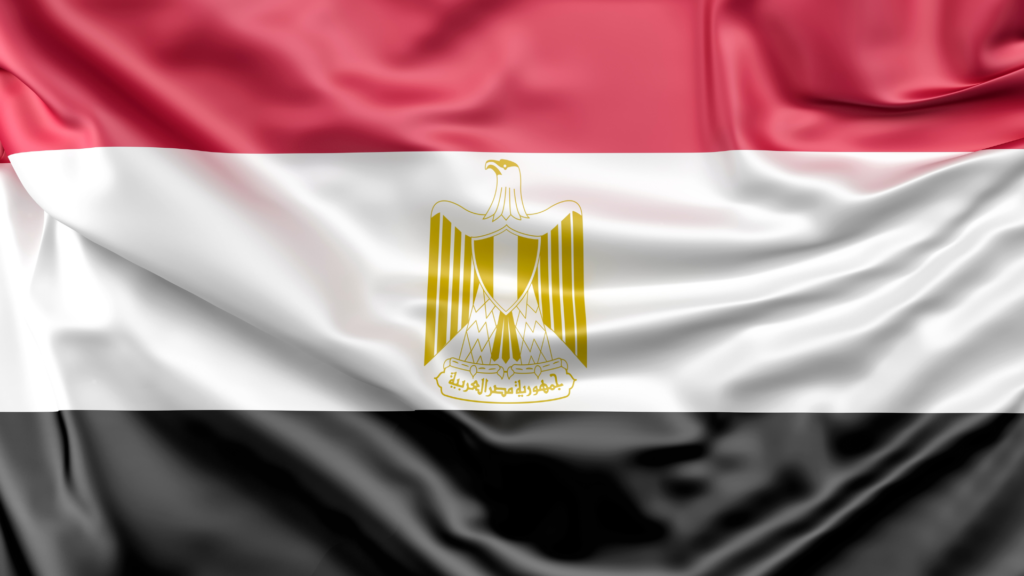



Iran
In 2022, Italian exports to Iran reached 1.4 billion dollars, positioning Italy as the fifth-largest exporter, while Italian imports from Iran amounted to 1 billion dollars, making Italy the seventh-largest importer. Iran represents a market with significant opportunities, thanks to its vast natural reserves and the potential of its domestic market; however, the country faces substantial challenges, such as international sanctions, high inflation, and weaknesses in its financial system.

-
Strengths
Iran possesses significant reserves of natural resources, positioning itself as a global energy power due to its status as the holder of the world's second-largest natural gas reserves and third-largest oil reserves. The country also boasts a vast domestic market with considerable growth potential, particularly in the manufacturing and agricultural sectors, which remain underexploited by foreign companies due to sanctions. Strategically located between Asia and the Middle East, Iran has direct access to the Persian Gulf and Central Asian markets. Its technical expertise is another strength, with advanced capabilities in reverse engineering and innovation enabling local production of complex technologies despite import restrictions.
-
Weaknesses
Among its weaknesses, Iran heavily relies on the energy sector, making its economy vulnerable to global price fluctuations and sanctions. These sanctions have also significantly restricted access to international markets, hindering investments, financial transactions, and the acquisition of advanced technologies. The country suffers from high inflation and currency volatility, with the sharp devaluation of the rial increasing the cost of living. Lastly, the banking system remains weak, with limited resources to finance businesses and a lack of transparency and competitiveness.
-
Opportunities
Opportunities include the development of the natural gas sector, which remains underutilized, with the potential to increase exports if sanctions are eased. There is also significant growth potential in the manufacturing and agricultural sectors, presenting an opportunity to diversify the economy away from energy dependence, thereby supporting self-sufficiency and attracting new investments. Potential diplomatic improvements, including a possible reduction in sanctions, could pave the way for foreign investments and the modernization of key sectors. The Iranian population, young and skilled, represents a significant resource for the country's future, with two-thirds of the inhabitants under the age of 25.
-
Threats
Among the primary threats, Iran faces prolonged geopolitical tensions, with a high risk of instability stemming from ongoing conflicts with the United States and other Western nations. Competition in the energy sector from countries like Russia and Saudi Arabia, which are expanding their market share, poses an additional risk to Iran's competitive capacity. Furthermore, the country's underdeveloped financial infrastructure hampers economic growth, given the lack of modernization and the restrictions imposed by international sanctions.
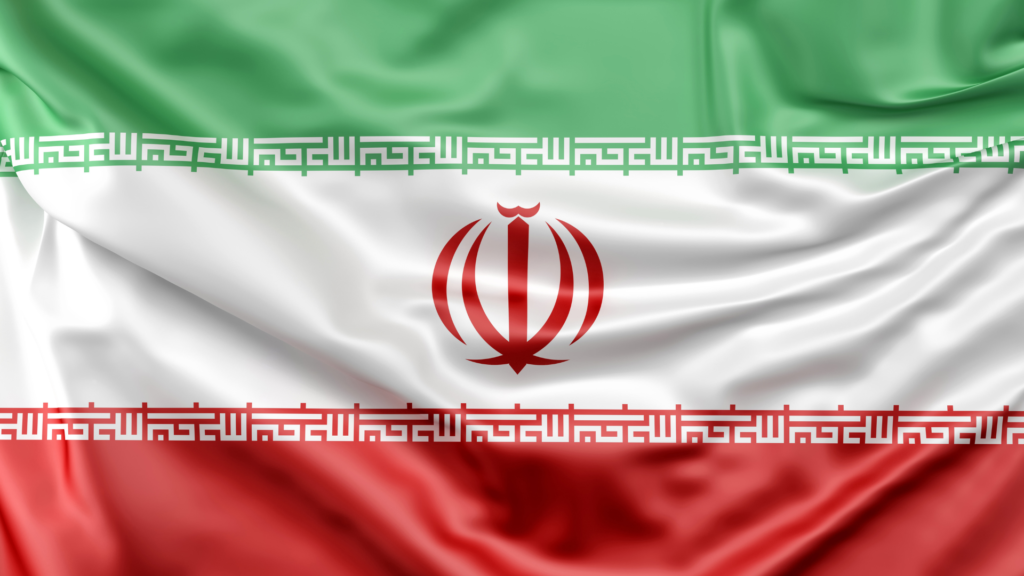



Oman
In 2022, Italian exports to Oman reached 500 million dollars, positioning Italy as the seventh-largest exporter, while Italian imports from Oman amounted to 400 million dollars, making Italy the eighth-largest importer.
Oman offers significant opportunities due to its growing economic diversification and strategic geographic location. However, it faces substantial challenges, including dependence on hydrocarbons and regional competition.

-
Strengths
Oman benefits from a strategic geographic position that is advantageous for trade, with direct access to the Gulf and the Arabian Sea, making it a crucial logistical hub for international and regional commerce. The country enjoys political and diplomatic stability, bolstered by a moderate foreign policy and strong relations with neighboring countries, which enhance its credibility as a reliable hydrocarbon supplier and a safe destination for investments. Additionally, the government has launched the ambitious Vision 2040 plan aimed at reducing dependence on hydrocarbons and fostering the development of sectors such as tourism, logistics, renewable energy, and manufacturing. The growth in infrastructure is also transforming Oman into a regional logistics hub, with substantial investments in ports, airports, and roads, driving the expansion of key sectors like transportation and logistics.
-
Weaknesses
Oman remains heavily dependent on hydrocarbons, with the oil and gas sector still accounting for 35% of GDP and 75% of fiscal revenues, exposing the economy to the volatility of oil prices. The policy of Omanization, which aims to replace foreign workers with Omani citizens, imposes additional costs on businesses and can pose challenges for foreign companies that rely on skilled expatriate labor. Lastly, the private sector remains less competitive, as the public sector dominates many areas of the economy, and the private sector has yet to achieve greater autonomy.
-
Opportunities
Opportunities for Oman include the expansion of tourism, a key focus of the Vision 2040 plan, supported by new infrastructure investments and a residential visa program for foreign investors, making the sector highly promising. Additionally, there is a growing emphasis on non-oil sectors such as agriculture, fisheries, and mining, with substantial government support to attract private capital. Recent legal reforms have facilitated public-private partnerships, particularly in areas such as construction and infrastructure, further enhancing investment opportunities.
-
Threats
Oman faces several threats, including the volatility of oil prices, which makes its economy vulnerable to global market fluctuations and affects fiscal stability. The Middle East region remains subject to geopolitical tensions, which could negatively impact trade and investments in Oman. Furthermore, Oman competes with other Gulf Cooperation Council (GCC) countries, such as Saudi Arabia and the United Arab Emirates, which are also striving to diversify their economies and attract foreign investments, intensifying regional competition.
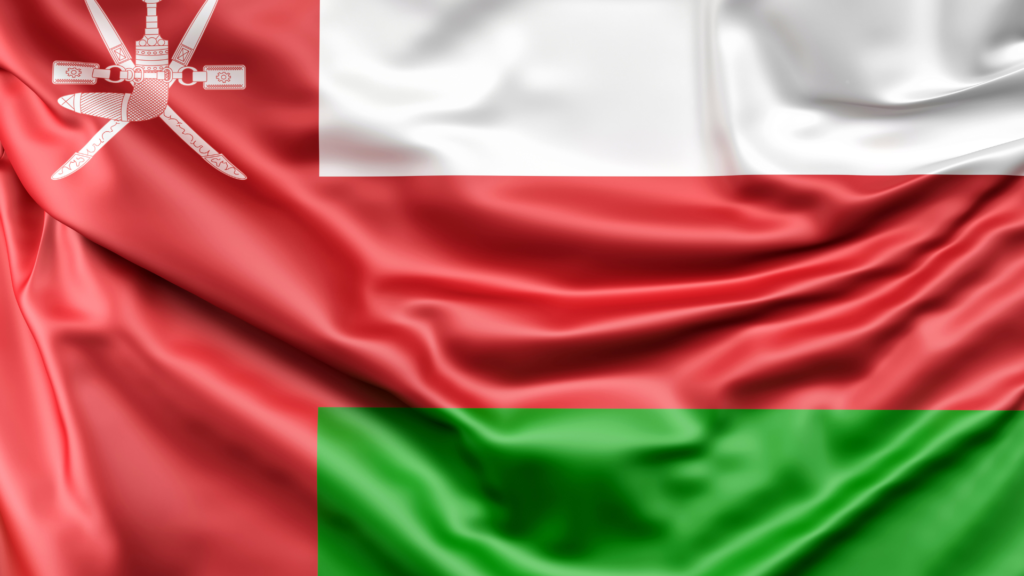



Saudi Arabia
In 2022, Italian exports to Saudi Arabia reached 4.7 billion dollars, making Italy the fourth-largest exporter. Italian imports from Saudi Arabia amounted to 3.2 billion dollars, positioning Italy as the fifth-largest importer.
Saudi Arabia offers unique opportunities for investors, particularly due to its push for economic diversification and large-scale infrastructure development projects. However, the country remains vulnerable to risks associated with oil price volatility and geopolitical tensions in the region.

-
Strengths
Saudi Arabia boasts several strengths, including its abundant natural resources, which make it one of the world's largest oil producers, with over 15% of global reserves. This dominant position within OPEC gives it significant influence over international energy markets. The Vision 2030 plan has driven strong momentum toward economic diversification, reducing dependence on oil and fostering growth in sectors such as tourism, entertainment, technology, and renewable energy. Its strategic geographic location at the crossroads of Europe, Africa, and Asia positions Saudi Arabia as a natural hub for international trade and an attractive destination for global investors. Large-scale infrastructure projects, such as NEOM and the Red Sea Project, are further stimulating domestic and foreign investments, particularly in tourism, technology, and sustainable energy sectors.
-
Weaknesses
Despite diversification efforts, Saudi Arabia remains heavily reliant on the oil sector, which accounts for approximately 60% of public revenues and 75% of exports. Challenges related to bureaucracy and corruption persist, along with difficulties in accessing foreign funds, which may discourage foreign investors. Additionally, a significant portion of the country's workforce consists of expatriate labor, making the economy vulnerable to changes in migration and labor policies.
-
Opportunities
Saudi Arabia is investing heavily in solar and wind energy, aiming to generate 50% of its domestic energy from renewable sources by 2030. Non-oil sectors such as tourism, logistics, entertainment, and technology are experiencing rapid growth, supported by government incentives and ongoing mega-projects. Furthermore, the introduction of special economic zones, tax incentives, and privatization initiatives is creating a more favorable business environment for international investors.
-
Threats
Saudi Arabia faces several threats. Its economy remains highly sensitive to oil price volatility, posing a significant risk to economic stability. Geopolitical tensions, despite recent improvements in relations with Iran, continue to threaten the country's security and stability. Additionally, global inflation and economic challenges in financial markets could constrain growth and raise the cost of living, negatively impacting domestic demand.
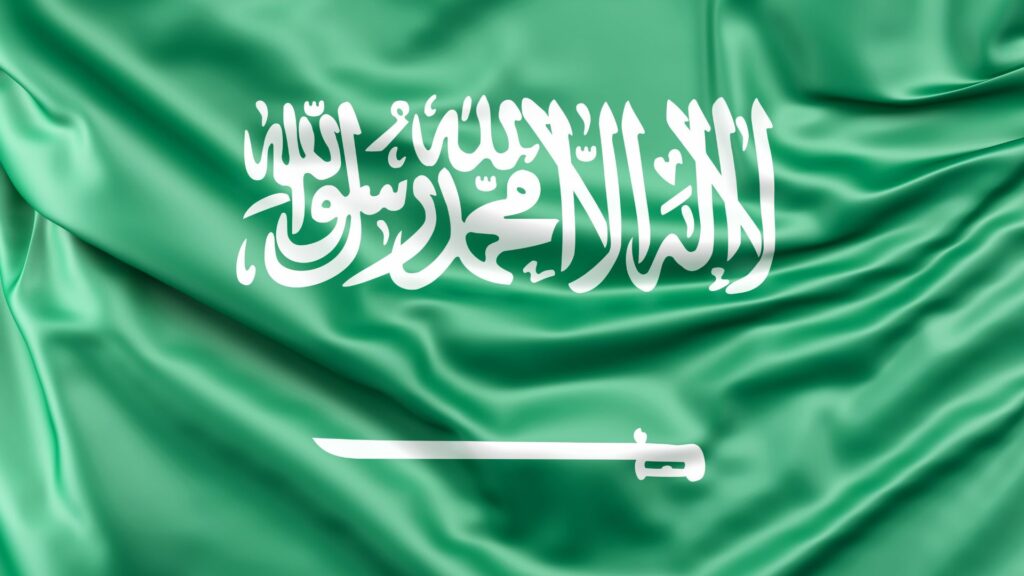



Indonesia
In 2022, Italian exports to Indonesia reached 1.2 billion dollars, positioning Italy as the twelfth-largest exporter, while Italian imports from Indonesia amounted to 3.96 billion dollars, making Italy the seventeenth-largest importer.
Indonesia represents a market rich in opportunities, particularly for infrastructure, technology, and natural resources investors. However, the country faces significant challenges, including political uncertainties and natural risks.

-
Strengths
Indonesia boasts several strengths, including a vast domestic market of over 270 million people, making it one of the largest consumer markets globally and attracting numerous local and international investors. In 2023, it recorded significant growth in foreign direct investments, particularly in mining, infrastructure, and the industrial processing of natural resources. The country is rich in mineral resources such as nickel, coal, and natural gas, positioning it as one of the leading global exporters of raw materials. Additionally, its membership in ASEAN provides Indonesia with privileged access to regional markets, enhancing its competitiveness in Southeast Asia.
-
Weaknesses
Indonesia faces several weaknesses, including inadequate infrastructure, particularly in rural areas and remote islands, where essential services such as energy and transportation are lacking. A significant dependence on Chinese demand for raw materials makes the economy vulnerable to fluctuations in the Chinese market. Moreover, despite economic progress, a substantial portion of the population still lives in poverty, limiting the potential for domestic consumption growth.
-
Opportunities
Opportunities in Indonesia include the expansion of the digital sector, with immense growth potential driven by rapid internet penetration, facilitating e-commerce and other online services. The Indonesian government is also actively promoting foreign investments in innovative sectors such as electronics, renewable energy, and electric vehicle production. Additionally, the tourism sector is experiencing a strong recovery following the post-pandemic reopening, presenting further investment opportunities.
-
Threats
Indonesia faces several threats, including geopolitical risks tied to the 2024 elections, which could create political and social uncertainties, discouraging foreign investments. The country is also highly vulnerable to natural disasters, such as earthquakes and tsunamis, which can adversely affect infrastructure investments and overall development. Lastly, global economic uncertainties, notably the slowdown in demand from China and the United States, could negatively impact Indonesia's exports of raw materials.
